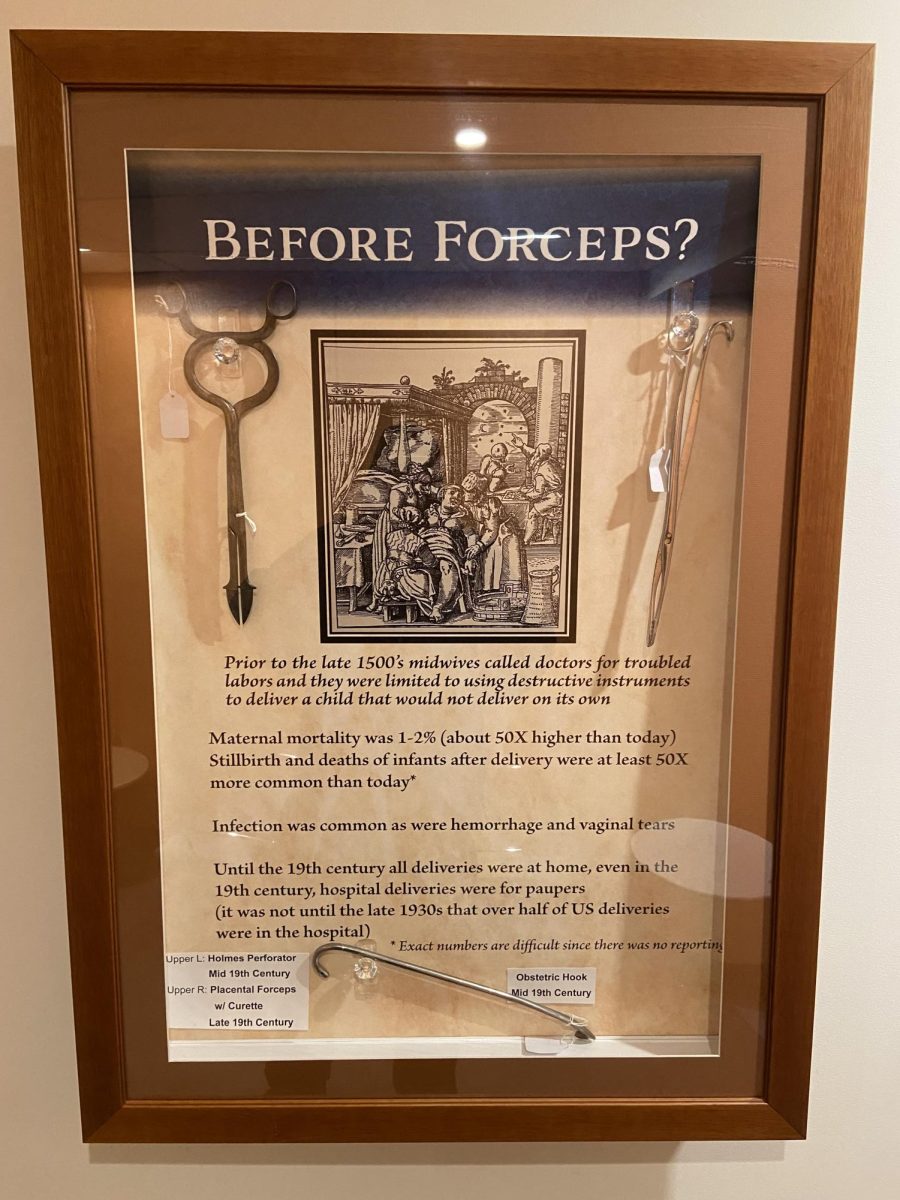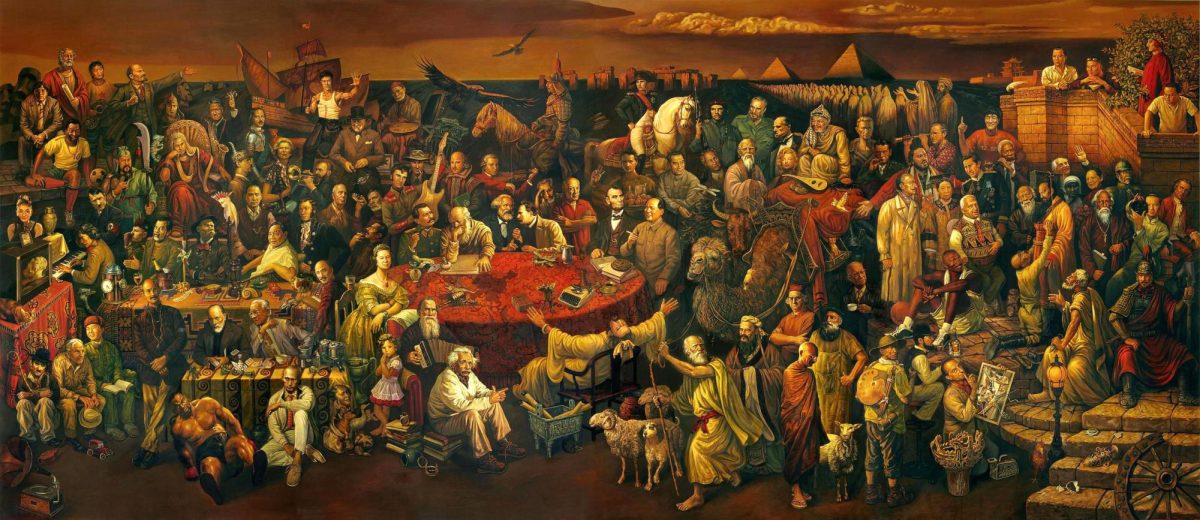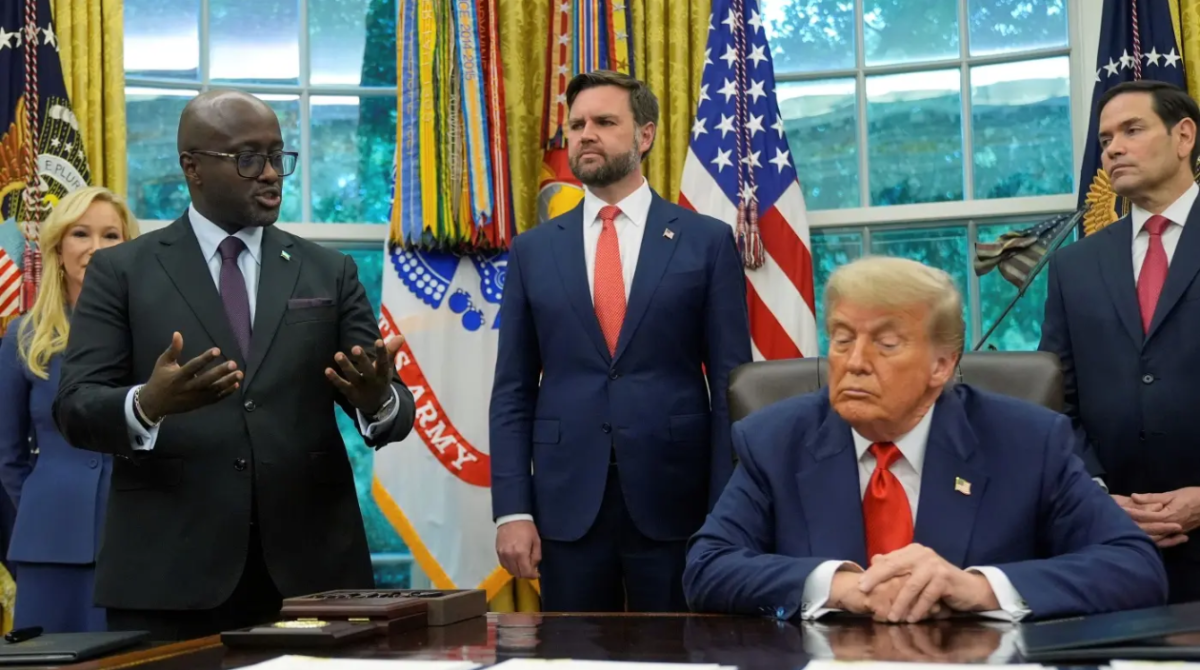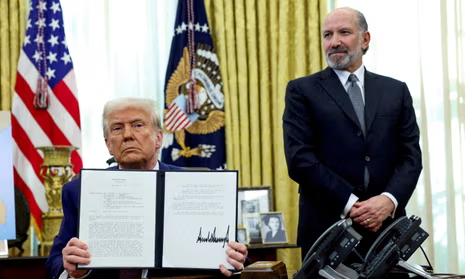What is a Tariff?
Imagine you’re buying a new pair of shoes. A few months ago, they cost $50, but now the price is $60. The increase in price is due to a new tariff that the U.S. government placed on imported shoes. The tariff makes the shoes more expensive because the companies that sell them now have to pay extra fees to bring them into the country. Those higher costs get passed on to you, the consumer, making it harder to afford the things you need.
In early 2025, the Trump administration put in place new tariffs on goods from Canada, Mexico, and China. These tariffs were meant to protect national security and reduce trade imbalances, but they have instead led to economic uncertainty and strained relationships with important trading partners.
The Impact of Tariffs on Canada and Mexico
On February 1, 2025, President Trump signed executive orders adding a 25% tariff on all goods coming from Canada and Mexico, except for Canadian energy resources and minerals, which had a lower 10% tariff. These tariffs were originally supposed to start on February 4 but were delayed until March 4 after temporary agreements were made with both countries.
In response, Canada announced tariffs on U.S. products worth CAD $155 billion, affecting industries like farming, manufacturing, and technology. About CAD $30 billion (USD $20.5 billion) of these tariffs went into effect on March 4, and more could follow if the U.S. does not remove its tariffs. This situation is making trade more difficult for businesses that rely on selling products across the border.
The Growing Trade Conflict with China
The administration also placed a 10% tariff on all products imported from China, starting on February 4, 2025. Officials claimed that these tariffs were necessary to address national security concerns, such as illegal immigration and drug trafficking.
China responded by adding its own tariffs on American goods, which started on March 10, 2025. This decision is expected to hurt U.S. farmers, manufacturers, and tech companies that rely on selling their products to Chinese buyers. Additionally, Chinese media sources have warned that if the U.S. continues this trade policy, other countries might also begin imposing tariffs on American goods. (Reuters)
The Bigger Economic Picture
The Organization for Economic Cooperation and Development (OECD) has warned that these tariffs could hurt the global economy and lead to higher prices for consumers. Experts predict that ongoing trade conflicts will slow down economic growth in the U.S., Canada, and Mexico, and could even lead to job losses. (Axios)
Many business leaders and economists argue that tariffs disrupt supply chains, increase costs for American consumers, and create uncertainty for businesses. In the long run, these policies could weaken the U.S. economy by making American products less competitive in global markets.
History has shown that policies designed to protect local industries often have unintended consequences. Instead of making the economy stronger, tariffs may end up isolating the U.S. from its closest trading partners and harming industries that depend on international trade.





















